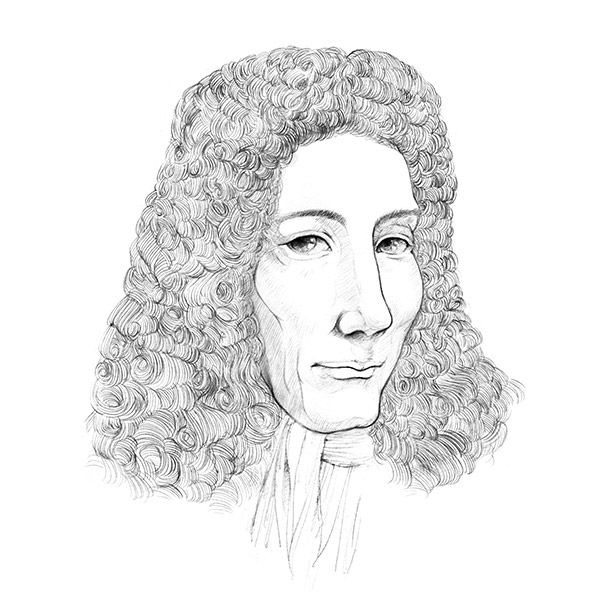Alessandro Volta
1745-1827
Volta was born on February 18th, 1745 in Como, Duchy of Milan. His scientific research mainly focused on electrical science and chemistry. The “animal electricity” discovered by Luigi Galvani interested Volta. After conducting his own research, Volta found that the animal electricity was actually generated by the contact of two different metals. Based on this discovery, Volta invented Voltaic pile in 1799, which was the first battery that could generate undisruptive electricity. Voltaic piles soon became popular in scientific labs throughout the world, opening up many new areas of research. Although inventing Voltaic piles made Volta very famous, he made no major discovery after the invention. On March 5th, 1872, Volta died in Como at age of 82. His main contribution to science are:
Improved the design of electrophorus (a device that produced static electricity) and electroscope, making the former popular and the latter able to detect a very small amount of electric charge.
In chemistry, studied many explosive reactions in closed containers, distinguished methane from hydrogen.
Provided scientific explanation to Luigi Galvani’s “animal electricity”, invented Voltaic piles.
Volta's Instruments
Above is Volta’s Voltaic pile described in his paper On Electricity Excited by the Mere Contact of Conducting Substances of Different Kinds published in 1800 (a photorealistic CG reconstruction can be found here). Voltaic pile was the first battery that could continuously provide electricity. A basic unit of the pile is made of three types of materials: a zinc plate, a copper plate, and a paper board (or leather) soaked in brine water. The power of battery was proportional to the number of units inside the pile. Separate piles could be made and they could be connected in the proper order to make a more powerful batter. The above battery contains 60 units. Volta found when two water containers were connected with the two ends of the pile, an intense shock could be felt if one put each hand inside each container. He also found the battery could also affect the sense of taste, hearing, and vision. The invention of Voltaic pile advanced many fields such as electrochemistry. However, Volta himself was not very interested in the new fields.
Above is Volta’s another battery apparatus described in his paper On Electricity Excited by the Mere Contact of Conducting Substances of Different Kinds published in 1800. The principle was the same as the Voltaic pile. If we change the zinc and copper plates in contact with each other to U-shaped electrodes with zinc on one side and copper on the other side, and change the moisture paper plate with a cup with brine water, we get the above apparatus. The cups were usually arranged in a circle, so the apparatus was also called “crown of cups”.
Other Chemists















